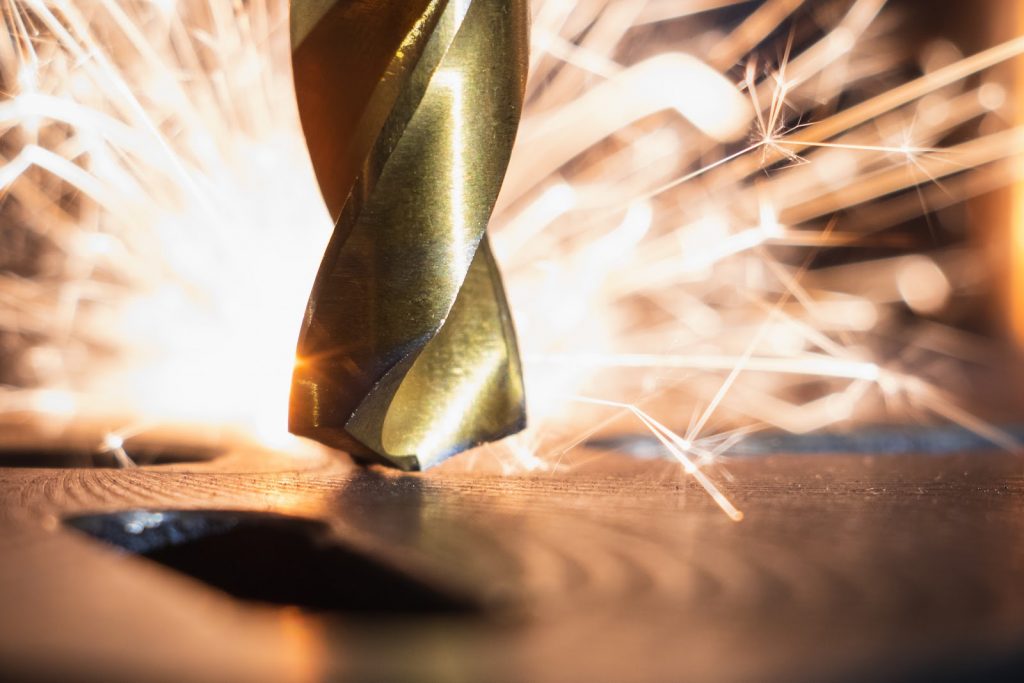
At SPI Plastics, one of the services we’re most proud of and passionate about is our rotational molding service. Performed in-house, with our own equipment, rotational molding allows us to create whatever products our clients have in mind for minimal cost and an incredible turnaround time. The pieces are strong, long-lasting, and can be imprinted with whatever logos or designs the client desires.
In today’s post, we’d like to bring you along on a quick tour of our rotational molding process. We’ll look at the different stages of production, what the purpose of each step is, and how you can get started with your own custom rotational molding project.
1. The Mold is Designed
Every customized project at SPI begins with a customized mold. The process starts with a 3D rendering using computer-aided design (CAD). We can then use the rendering to produce detailed 3D images and 2D drawings to provide the client with every opportunity to revise and adjust their design.
When the design is approved, we create the tooling and the mold necessary to make the vision a reality. Rotational molds are made using aluminum, which allows us to create the mold quickly and in a cost-effective manner.
2. The Mold is Filled & Clamped
When the mold is ready to be introduced into the production process, we first begin by filling it with the polymer plastic molding material. It usually comes in a powder, which allows for even distribution throughout the mold. Once the mold has been completely filled, it is securely clamped shut. This ensures no leakage or improper distribution of the powder during the molding process.
3. The Molding Occurs
The molding itself is where an idea takes hold and becomes reality. The mold is evenly heated in a large, industrial oven, allowing the polymer powder to melt into liquid and evenly disperse throughout the mold. At the same time, the mold will be rotated on both its horizontal and vertical axes, which not only helps the polymer to distribute but allows it to do so in a completely uniform way, preventing any weak spots in the final product.
4. The Product is Cooled & Unloaded
After the molding concludes, the mold itself is allowed to cool (again, because the mold is composed of aluminum, the process is relatively quick) before the final product is removed from the mold. It will have no seams, further contributing to the strength and stability of the finished product. When the mold is empty, it can be refilled, reclamped, and prepared to begin again. If the initial run was to create a prototype, the client will have a chance to review it and approve it.
Customized Rotational Molding Projects
At SPI Plastics, we’ve been producing plastic components through rotational molding since 1972. We’ve worked with clients around the world, and you can take a look at our work in our online portfolio. Rotational molding isn’t just our preferred method of production – we believe it’s one of the best methods out there to obtain a strong, reliable product that you and your customers can be proud of.
If you’d like to learn more about our rotational molding services, call SPI Plastics at (519) 935-2211. You can also contact us online.